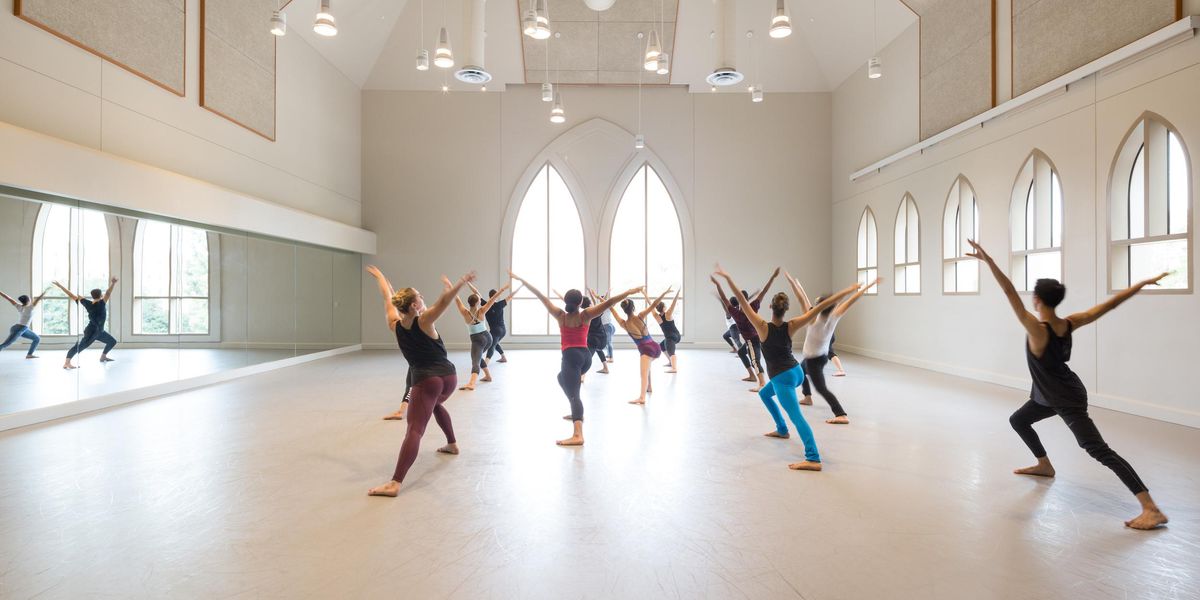Advice for Dancers: Why You Need a Summer Off
Plus advice for healing split skin and dealing with the downside of getting too many roles
Question
: I split the skin under my toe while dancing barefoot in class ages ago. I’m not sure why it happened, but I don’t want it to affect my performance at Chappaqua this summer. Any advice?
Jen
Forest Hills, NY
Answer
: Let it heal! While callouses provide much-needed protection for bare feet, modern dancers are in a constant battle to keep them from building up too much. Why? Because a large callous puts you at risk for cracks when the adjacent tissue pulls at the edge while you’re dancing. To prevent build-up, file callouses down with a pumice stone or a Ped Egg, which looks like the foot equivalent of a cheese grater (www.drugstore.com). Stay away from razors that could nick you. Moisturizers aren’t necessary, since it’s the size of the callous rather than dryness that causes cracks along the margin. Do practice good hygiene to prevent infections: Clean all open cuts with mild soap and water, dry, apply a topical antibiotic, and cover them with a bandage or Second Skin. Lastly, get a tetanus shot every 10 years. If you can’t recall the last time you had one, play it safe by getting a booster now since tetanus is a serious bacterial toxin. In the meantime, you may need to dance in jazz shoes or ballet slippers until your split skin heals.
Question
: I was cast in back-to-back leading roles last season—and then got a really bad injury. Didn’t my director have a clue that it would be too much for my body? He used to be a dancer. I’d love to do good parts next season but am afraid he’ll just exploit me again. I may be young, but I’m not a robot!
Feeling Used
Address Withheld
Answer
: A common misconception is that young dancers can do anything. Yet performers’ first injuries typically occur during adolescence while the bones are still growing. Add an exhausting repertoire (or summer program) to the mix and you have a recipe for trouble. Research shows that dancers are more likely to get injured after the fifth hour of work. I’m sure your director had his own share of injuries as a performer. However, he may not fully understand the relationship between injuries and fatigue, especially if you’re a young, energetic member of the company. Try to schedule a meeting with him. Be respectful and show your gratitude for having been given so many wonderful opportunities. Then, request a less intense season so you can avoid future injuries. Given that you’re one of his favorites, he’s likely to be supportive and, hopefully, may even reconsider his casting decisions for other dancers as well. Directors aren’t robots either!
Question
: Last year, I looked forward to taking a summer break, thinking it would be a fun, relaxing time away from performing. Not true! I felt guilty about getting out of shape and kept dragging myself to class. I resented every minute of it. How can I let go of my guilt and have a better time this summer? I could use a real vacation.
Andy
Chicago, IL
Answer
: Ah, the ever-present guilt trip of workaholics. Besides making it difficult to pace yourself in dance, there’s the pressure your psyche places on you whenever you’re taking time off to rest and have a life. Rather than forcing yourself to relax, try reframing a break as a chance to recharge your batteries so you’ll be in a better position to approach next season with renewed enthusiasm. It also helps to use your vacation to pursue other interests, since simply hanging out may be more stressful for you than working. Just try to refrain from making any activity another project where you’re only focused on the outcome—it’s the process that’s reinvigorating. Good examples include knitting, reading, low-key exercising (think hiking vs. dancing), or anything else that engages your attention. Finally, have a plan for slowly getting back into dancing toward the end of your vacation. Try an easy schedule of cross-training for strength, flexibility, and aerobic fitness three times a week, leading up to dance classes. Ease back into your technique and increase the amount of classes each week until you’re ready for rehearsals.
Former New York City Ballet dancer Linda Hamilton, Ph.D., is a psychologist in private practice, the author of
Advice for Dancers (Jossey-Bass), and co-author of The Dancer’s Way: the New York City Ballet Guide to Mind, Body, and Nutrition (St. Martin’s Griffin). Her website is www.drlindahamilton.com.




